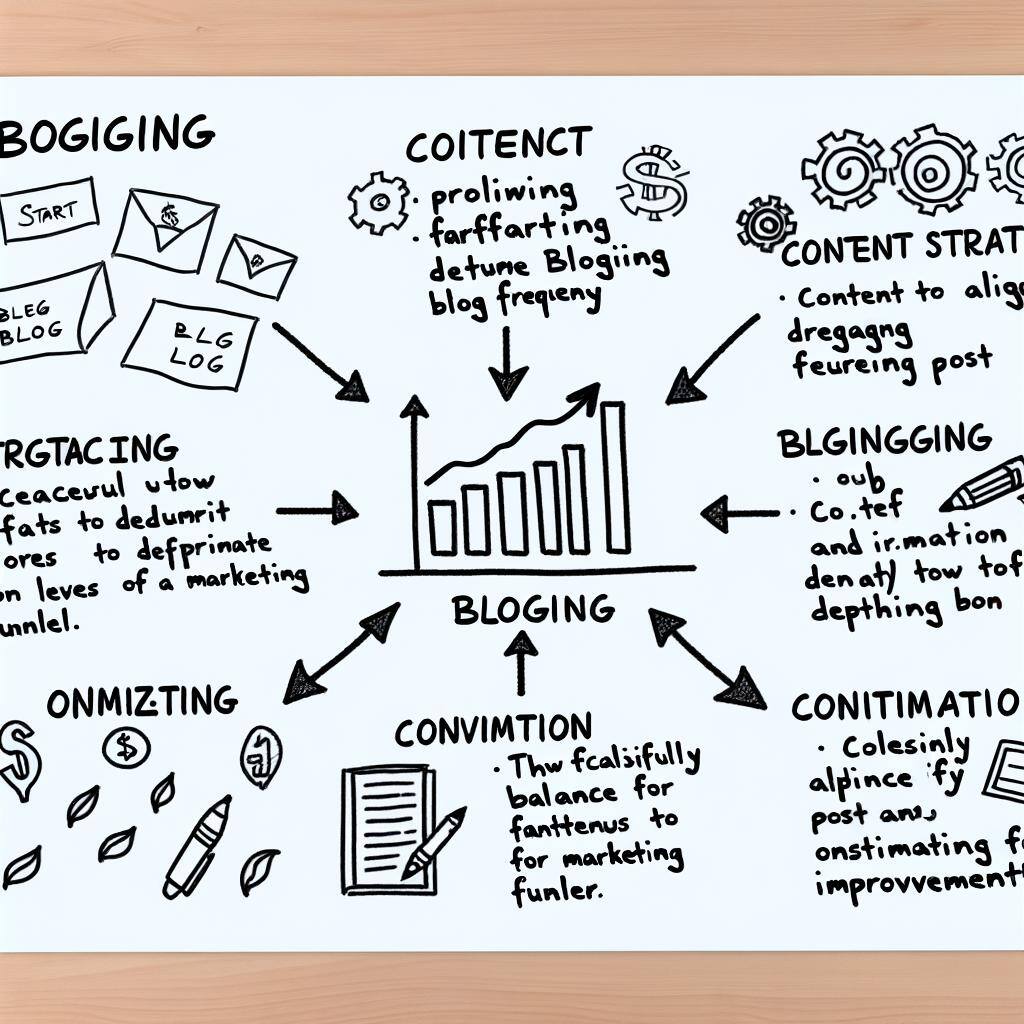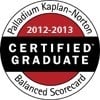Develop an Overall Blog Content Strategy
Blogging is a powerful tool for attracting and converting leads into customers. To harness its potential, it's essential to develop a comprehensive blog strategy. In this step-by-step guide to developing detailed blog content strategy, we'll walk you through the process of creating a effective blog content strategy for your business.
Understanding the Importance of Blogging
Blogging plays a crucial role in content marketing by attracting new leads and nurturing them into customers. It's a cornerstone of inbound marketing efforts and helps establish credibility and authority in your industry.
Defining Your Blog Content Strategy
Before diving into blogging, it's crucial to develop a clear blog content strategy. A good blog content strategy plan should outline your blogging goals, target audience, and the type of content you'll produce. By defining these parameters, you can ensure that your blogging efforts are focused and aligned with your business objectives.
Creating a Blogging Plan
The first step in creating a successful blog strategy is to develop a detailed blogging plan.
This plan should address key questions such as:
- What are the goals of your blogging strategy?
- How often will you publish new blog posts?
- What topics will you cover in your blog?
- Who is your target audience?
- How will you promote your blog posts?
- What is your budget for blog writing?
- Will you use AI writing tools like Content at Scale?
By answering these questions, you can create a roadmap for your blogging efforts and ensure that they are effective in achieving your business objectives.
Producing Engaging Blog Content
Once you have a blogging plan in place, it's time to start creating engaging content. Focus on addressing the needs and interests of your target audience and providing valuable information that solves their problems or addresses their pain points. Remember to use catchy headlines, clear language, and multimedia elements to enhance the readability and engagement of your blog posts.
Determining Blogging Frequency
Deciding how often to publish new blog posts is a critical aspect of your blogging strategy. While there is no one-size-fits-all answer, it's generally recommended to maintain a consistent publishing schedule to keep your audience engaged. Consider factors such as your target audience's preferences, your resources, and your business goals when determining your blogging frequency.
Generating Blog Ideas
Finding inspiration for new blog topics can be challenging. Utilize tools like Google Search Console to identify popular search queries and questions related to your industry. Additionally, engage with your audience through surveys and feedback to understand their interests and pain points. By addressing their questions and concerns in your blog posts, you can create valuable content that resonates with your audience.
Aligning Blog Content with Marketing Funnel Stages
It's essential to align your blog content with the different stages of the marketing funnel—top of funnel (TOFU), middle of funnel (MOFU), and bottom of funnel (BOFU). Tailor your blog posts to address the needs and interests of prospects at each stage of their buyer's journey, from awareness to consideration to decision-making.
Balancing Quantity and Quality
Achieving the right balance between the quantity and quality of your blog posts is key to success. While publishing high-quality content is essential for engaging your audience, maintaining a consistent publishing schedule can help drive traffic and conversions. Strive to deliver valuable content regularly while ensuring that quality is never compromised.
Optimizing for Conversion
Conversion optimization is crucial for maximizing the impact of your blogging efforts. Focus on improving every aspect of the customer journey, from initial engagement to final conversion. Utilize tactics such as email marketing, lead nurturing, and smart content to guide prospects through the sales funnel and drive conversions.
Continuous Improvement and Adaptation
Finally, remember that successful blogging is an ongoing process of continuous improvement and adaptation. Monitor your blog's performance using analytics tools and gather feedback from your audience to identify areas for improvement. Stay agile and be willing to adjust your blogging strategy as needed to achieve your business goals.
By following these steps, you can create a successful blog strategy that attracts leads, nurtures prospects, and drives conversions and ultimately, generates revenue, for your business.
Ready to Learn More About Business Blogging
If you want to learn even more about the benefits and blogging best practices, then you'll want to pick up your free copy of our Introduction to Business Blogging by clicking the button.



